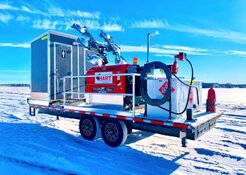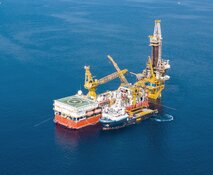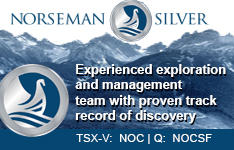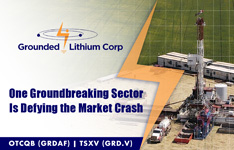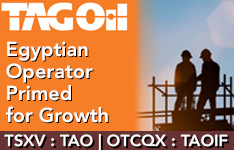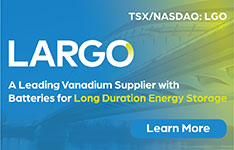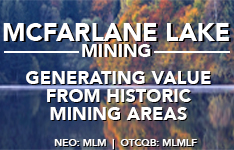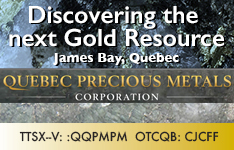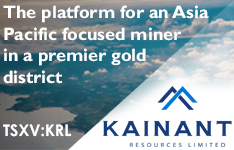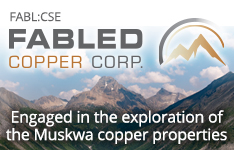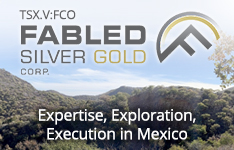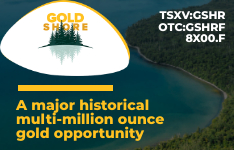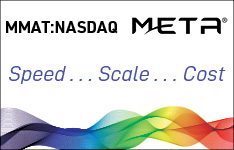One nice thing about being a relatively patient investor is that you get to see the progression of companies over time — you get to know them. While it can be tempting to trade the "hot" theme/sector of the day, it's very hard to get to know much about the companies and management teams behind them if your interest is only passing. Back in February, I mentioned ten companies (AOI, PXT, CJ, ARX, AAV, MCF, CDR, TNZ, TAO, and VLE) that were of interest to me in 2023.
I've followed most of those names over a good chunk of their corporate histories, and I think a few of them have progressed to the point where it's worth revisiting them today. For me, keeping an evergreen view of the companies that I follow is like keeping up with sports teams. . . because if I don't know how the teams in my league are faring in a given year, betting anything meaningful on them would seem foolish, right?
Tenaz Energy
Six months ago, I said that I felt that Tenaz Energy Corp. (TNZ:TSX) was one of the best risk-reward setups that I think I've ever seen, and even with the stock up some 75% over that period, I would still say the same thing today.
Tenaz is managed by one of the best teams in the industry, and its small market cap means that a lot of institutions simply can't own the stock yet, no matter how much they might want to invest in Tenaz's acquire/optimize/return capital to shareholders model.
Through an opportunistic deal with an ExxonMobil subsidiary called XTO in late June, Tenaz has grown its net positive working capital position to about CA$65 million, which is about CA$2.35 per share. Think of that as dry powder for future acquisitions.
Meanwhile, the company's run-rate cash flow is around CA$35 million per year, which is about CA$1.25 per share. Put it all together, and at today's closing price of CA$3.70, the company is being valued at only ~1x its annual cash flow — and this is in a market where 2-3x would be considered an average multiple for a small-cap energy name.
Typically, a management team of this quality would command a premium in the market given the likelihood for outsized growth through its acquire and exploit strategy, but TNZ actually comes at a discount relative to peers. I would expect more M&A activity from TNZ this year as the company continues its roll-up strategy.
Being significant holders themselves, management won't do a deal that isn't accretive to shareholder value, and that's something that I really like about TNZ. CEO Tony Marino's last two companies had multi-billion-dollar market caps, so with only 27.5 million shares outstanding and a market cap hovering around CA$100 million, I continue to like my odds with TNZ very much.
Tag Oil
TAG Oil Ltd. (TAO:TSX.V; TAOIF:OTCQX) also made some significant progress in June when it released a 30-day test rate from its proof-of-concept frack of the Abu Roash F formation (the "ARF") in the Badr oilfield in Egypt's Western Desert. The re-entered vertical well tested at a stabilized rate of about 140 barrels of oil per day from a single frack in the ARF. For context, in well-known unconventional plays like the Montney or Eagle Ford shale, one might expect an average vertical test rate of 50-100 barrels of oil per day from a single vertical frack. TAO's vertical test well flowed back under a heavy choke, which means that the flow rate was intentionally held back so as to maximize the long-term productivity of the well.
The real breakout for the stock should come on the back of the company's first horizontal well in the ARF, which should start drilling in early August, with results expected in Q4. If the horizontal well tests anywhere in the range of the 1000-1500 barrels of oil per day that the company has guided towards, there could be a very material prize on the table here.
TAO has the distinct advantage of operating within an existing oil field, which means that all of the pipes and facilities needed to commercialize the oil are already there — meaning that capex needs are minimal. To that end, independent energy consulting firm RPS Energy prepared a report last fall that showed a mid-case unrisked net present value of US$423 million (33.5 million barrels recoverable), including cumulative capex of a little over US$100 million over the life of the project.
Perhaps the most interesting part about the RPS report is that the economics are based on a 20-well development scenario, whereas TAO management believes that there could be multiples of that number of prospective well locations within just a portion of the 107 km2 Badr concession. A successful horizontal well would set the company up for a development scenario that would be expected to become self-funding quite quickly, so I could see the market taking a liking to TAO as the story develops.
Condor Energies
On other fronts, I'm keeping a close eye on Canadian natural gas names like ARX and AAV as I remain optimistic about the future of Shell's LNG Canada project and its impact on western Canadian gas stocks, but I have nothing specific to report there today. One that has really moved recently is Condor Energies Inc. (CDR:TSX.V).
It took flight after the company announced that it is in advanced discussions with respect to taking over eight gas fields in Uzbekistan, along with an exploration block or two. Condor has been working on that file for years as they look to revitalize Soviet-era fields with standard Western development practices. It's still very early days, but I've followed Condor's progress for over 15 years, and as a shareholder, I selfishly hope this project pans out. Condor's Uzbek deal, if finalized, is reminiscent of a company called Hurricane Hydrocarbons from some 20 years ago.
That company turned into PetroKazakhstan and was ultimately sold to a Chinese buyer for around CA$4 billion. They say history never repeats but often rhymes — so here's hoping.
| Want to be the first to know about interesting Oil & Gas - Exploration & Production investment ideas? Sign up to receive the FREE Streetwise Reports' newsletter. | Subscribe |
Important Disclosures:
- TAG Oil Ltd. is a billboard sponsor of Streetwise Reports and pays SWR a monthly sponsorship fee between US$4,000 and US$5,000.
- Malcolm Shaw: I, or members of my immediate household or family, own securities of: ALL. I determined which companies would be included in this article based on my research and understanding of the sector.
- Statements and opinions expressed are the opinions of the author and not of Streetwise Reports or its officers. The author is wholly responsible for the validity of the statements. The author was not paid by Streetwise Reports for this article. Streetwise Reports was not paid by the author to publish or syndicate this article. Streetwise Reports requires contributing authors to disclose any shareholdings in, or economic relationships with, companies that they write about. Streetwise Reports relies upon the authors to accurately provide this information and Streetwise Reports has no means of verifying its accuracy.
- This article does not constitute investment advice. Each reader is encouraged to consult with his or her individual financial professional. By opening this page, each reader accepts and agrees to Streetwise Reports' terms of use and full legal disclaimer. This article is not a solicitation for investment. Streetwise Reports does not render general or specific investment advice and the information on Streetwise Reports should not be considered a recommendation to buy or sell any security. Streetwise Reports does not endorse or recommend the business, products, services or securities of any company.
For additional disclosures, please click here.
Disclosures for Hydra Capital
This is not investment advice, nor is it a recommendation to buy or sell shares in the company/companies mentioned.
The information contained herein is accurate to the best of the author’s knowledge, but the material and interpretations contained herein should be independently verified by any party using this information as part of any research, editorial, or decision making process. Any views expressed here represent the author’s opinion only, and as such readers should do their own research and come to their own conclusions if they are using the opinions contained herein as part of any larger due diligence process. The author may have long or short positions in the companies mentioned and may be buying or selling in the market depending on which way the wind is blowing at any given moment. Opinions are subject to change without notice. Prospective resources, predictions, comparisons, financial projections, and extrapolated metrics are, by their nature, subjective and interpretation dependent. The topics covered are highly speculative and involve a high degree of uncertainty and risk. Speculative companies can and do go to zero. By using this site, you agree that the author(s) and Hydra Capital is/are not responsible for any damages incurred by the use of the presented materials. Anyone reading these blog posts should know that they are the author’s thoughts and opinions, which are not to be confused with or construed as research reports.





